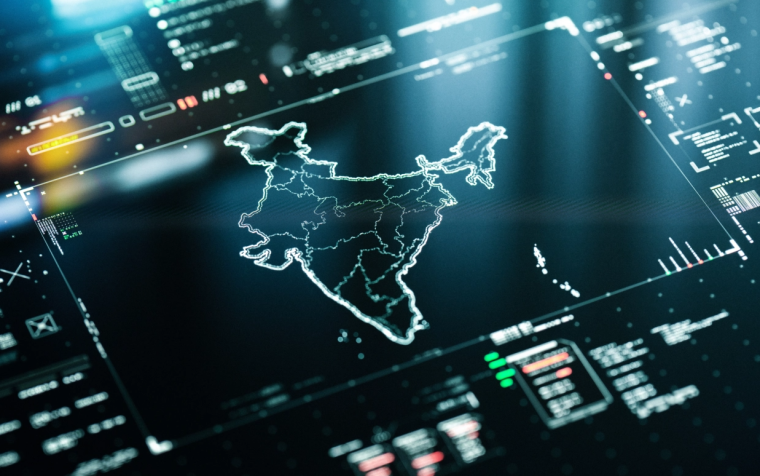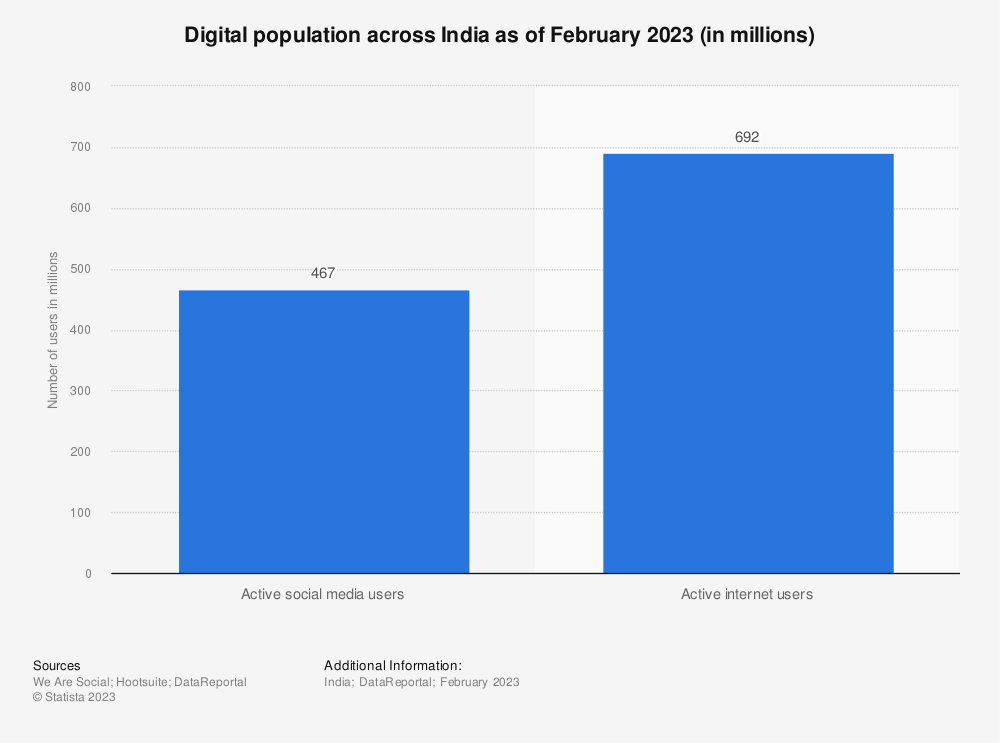
India has seen massive growth in its digital world over the last several years. However, amid the massive growth of its online sector, many companies seemingly failed to adequately protect themselves
As a result, a massive rise in cyberattacks has occurred, which now poses a major risk to the country’s economic goals and ambitions.
With a digital population of over 692 million, it’s no wonder that India is a top target for cyberattacks.
Many of the country’s industries, from manufacturing to pharmaceuticals, have been hit by online attacks in their vulnerable state.
India Arrives to the Digital Scene Only to Become an Easy Target for Hackers
The situation was explained by Amit Pradhan, the consulting leader for India’s cybersecurity giant, Mandiant. The Google Cloud-owned firm has been looking into the matter, reporting one of the largest incidents to happen recently — the breach of Suzuki Motorcycle India.
The attack on the company took place in May of this year, forcing it to halt production.
Before that, India’s largest drugmaker suffered a ransomware attack in March, announcing that the incident would have an impact on the company’s revenue.
Pradhan said that every company in the country has the ambition to go digital. However, he stressed that the benefits of doing so also come with certain risks.
It is believed that many of the attacks may have come from China, India’s largest neighbor, and competitor to both the Asian subcontinent and the US.
New to the online scene, India has suffered attacks on civilian and military infrastructure alike. Given the situation, the country’s Prime Minister, Narendra Modi, is expected to convene a high-level meeting to review cybersecurity and data protection measures.
The goal is to make the critical structure more resilient to hybrid warfare.
India’s Growth Threatens Neighboring China
India has rapidly increased its population, economy, technology, and other aspects. While it already managed to become the most populous nation in the world, it now seeks to become a global force in industries such as electronics manufacturing.
With China’s growing tensions with the US, the country has lost its allure as the world’s factory. This opened up an opportunity for India to step in and replace it.
To prevent this, online attacks — many of which are believed to have come from China — started targeting major firms.
The most popular type of attack seems to be ransomware, where hackers encrypt files and demand payments in order to provide their victims with the decryption key.
Ransomware rose 53% in the country in 2022, based on CERT’s report, leading to a major increase in high-profile incidents.
The situation increased the demand for security software, and Mandient itself received numerous requests to provide aid. Fortunately, it seems that many companies became aware of the dangers after security breaches happened to others.
As a result, Mandient is not being contacted only after the attacks have landed but also by firms that were not targeted yet.
However, a big problem for Indian firms revolves around budget constraints, meaning that many companies have opted to spend less on protection and more on other upgrades.
India is Far Behind Developed Nations in Terms of Cybersecurity
Pradhan commented that India is far behind its counterparts in developed nations regarding the importance of cybersecurity. Of course, firms from other regions have suffered similar attacks for years, which prompted them to step up their security measures.
As a newcomer to the digital world, India is now becoming aware of the same dangers — the hard way.
But, as mentioned, there are firms that have taken the risks seriously and are taking steps to reduce vulnerabilities. L&T Technology Services, for example, is planning to boost its investment in cybersecurity by 50% next year, according to its COO Abhishek Sinha.
He noted that the company is moving toward a zero-trust architecture, restricting its own employees’ and vendors’ access to data and allowing them to access and use only what is necessary.
With AI entering the global scene, emerging technology has brought both good and bad things. On the positive side, AI can spot loopholes in IT systems.
However, hackers and scammers have also used ChatGPT to create convincing phishing emails.
In the past, an easy way to spot phishing emails was to look for allegedly authentic emails filled with grammatical errors.
However, AI doesn’t make such mistakes, so the grammar of phishing emails is now flawless, making it harder to easily spot malicious actors.
Related Articles:
- Top Short-Form Video App in India Tiki Shuts Down Despite 35 Million Monthly Active Users
- Amazon is More Than Doubling Its Investment In India By 2030 to Reach $26 Billion Total
Wall Street Memes (WSM) - Newest Meme Coin
- Community of 1 Million Followers
- Experienced NFT Project Founders
- Listed On OKX
- Staking Rewards

